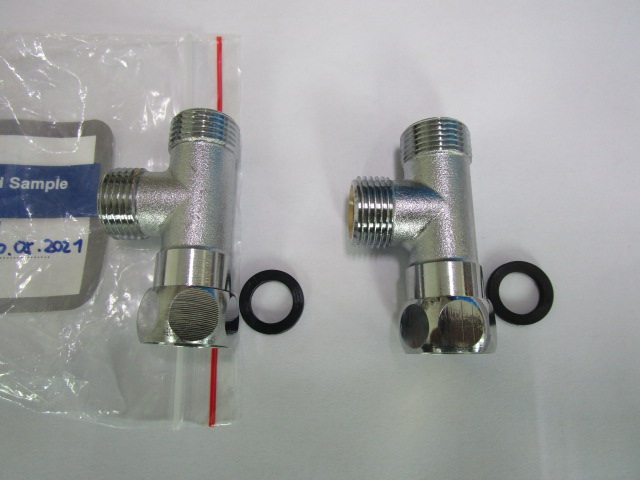
In the intricate landscape of factory production, samples serve as indispensable tools for quality assessment and assurance. A meticulous classification of these samples not only facilitates seamless production processes but also ensures compliance with customer specifications and standards. In this article, we delve into the various categories of samples utilized in factory production and elucidate their pivotal roles, particularly in the context of third-party inspection companies.
Contents
Pre-Production Samples
Pre-production samples represent the initial stage of quality validation, providing a tangible reference for customers to confirm product specifications and quality standards. These samples are crucial in aligning production processes with customer expectations and serve as benchmarks for subsequent stages of manufacturing. Third-party inspection companies utilize pre-production samples to conduct preliminary assessments and identify any discrepancies or deviations before mass production commences.
Confirmation Samples
Confirmation samples, once approved by the customer, serve as authoritative references for mass production. Typically, at least two confirmation samples are produced—one for customer confirmation and the other retained by the supplier. These samples ensure consistency and adherence to agreed-upon specifications throughout the production process. Third-party inspection companies rely on confirmation samples to verify compliance with quality standards and customer requirements, thereby mitigating the risk of non-conformities and ensuring product integrity.
Bulk Samples
Bulk samples, randomly selected during production, offer insights into the overall quality of the manufactured batch. These samples enable manufacturers and third-party inspection companies to assess product consistency, identify any anomalies, and verify compliance with production standards. By examining bulk samples, inspectors can detect potential defects or variations and take corrective measures to uphold product quality. Additionally, bulk samples serve as a means for customers to validate order requirements and ensure satisfaction with the final product.
Hand Plate Samples
Hand plate samples, crafted according to buyer specifications, serve as prototypes for formal mold production. These samples allow customers to visualize the final product design and provide feedback before mass production begins. Third-party inspection companies may utilize hand plate samples to assess design feasibility, identify potential manufacturing challenges, and ensure alignment with customer expectations. Once confirmed, hand plate samples serve as blueprints for formal mold production, guiding the manufacturing process towards the desired outcome.
Conclusion
In conclusion, the classification of samples in factory production processes plays a pivotal role in ensuring product quality, consistency, and compliance with customer requirements. Third-party inspection companies rely on these samples to conduct thorough assessments, identify potential issues, and mitigate risks throughout the production cycle. By understanding the distinct roles of pre-production, confirmation, bulk, and hand plate samples, manufacturers and inspection agencies can collaborate effectively to uphold quality standards, enhance customer satisfaction, and foster trust in the manufacturing industry.




